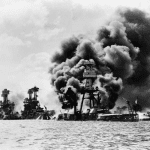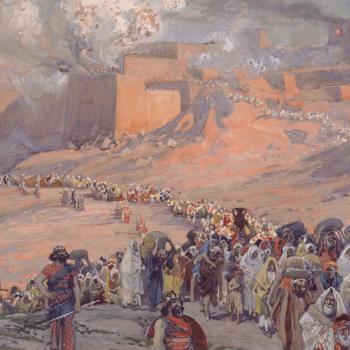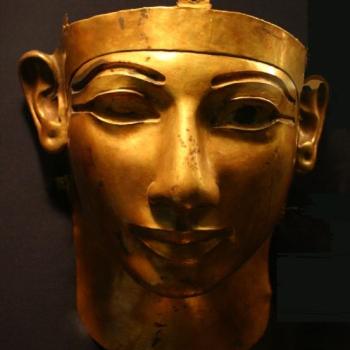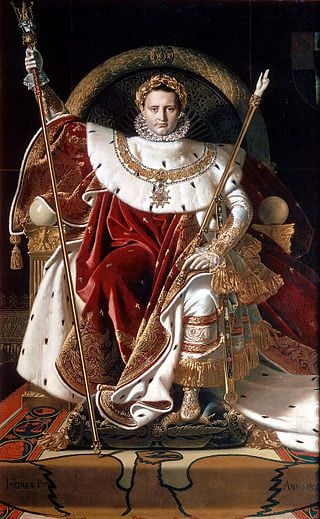
“Napoleon on His Imperial Throne” (1806), by Jean Auguste Dominique Ingres
(Wikimedia Commons public domain) At the time of his invasion of Egypt, though, he was still only the (extraordinarily ambitious) General Bonaparte.
I share here two extracts from Paul Strathern, Napoleon in Egypt (New York: Bantam Books, 2008), about the event that is quite commonly used to mark off the dawn of the modern period of Middle Eastern history:
The invasion of Egypt by Napoleon in the summer of 1798 was the first great seaborne invasion of the modern era. At the time, it may well have been the largest ever launched in the Western world — at least on a par with Xerxes’ vast Persian fleet which attacked Athens at the Battle of Salamis in 480 B.C., and certainly double the size of the sixteenth-century Spanish Armada which attempted to invade Elizabethan England. Yet unlike these predecessors, Napoleon’s invasion involved a long sea voyage of almost 2,000 miles. His armada consisted of 335 ships, ranging from towering battleships and fast frigates to lowly transports, from those bearing a cargo of just forty tons to those carrying over 400 tons. Each of these ships carried full crews, and in all the fleet was loaded with 1,200 horses, 171 field guns and an official roll-call of 35,000 soldiers. In fact, the number of soldiers was almost certainly nearer 40,000; Napoleon exploited the opportunity provided by four separate main embarkation ports — Toulon and Marseilles in France, Genoa and Civitavecchia in Italy — to surreptitiously increase the quota allowed him by the five-man Directory which ruled revolutionary France at the time. (1)
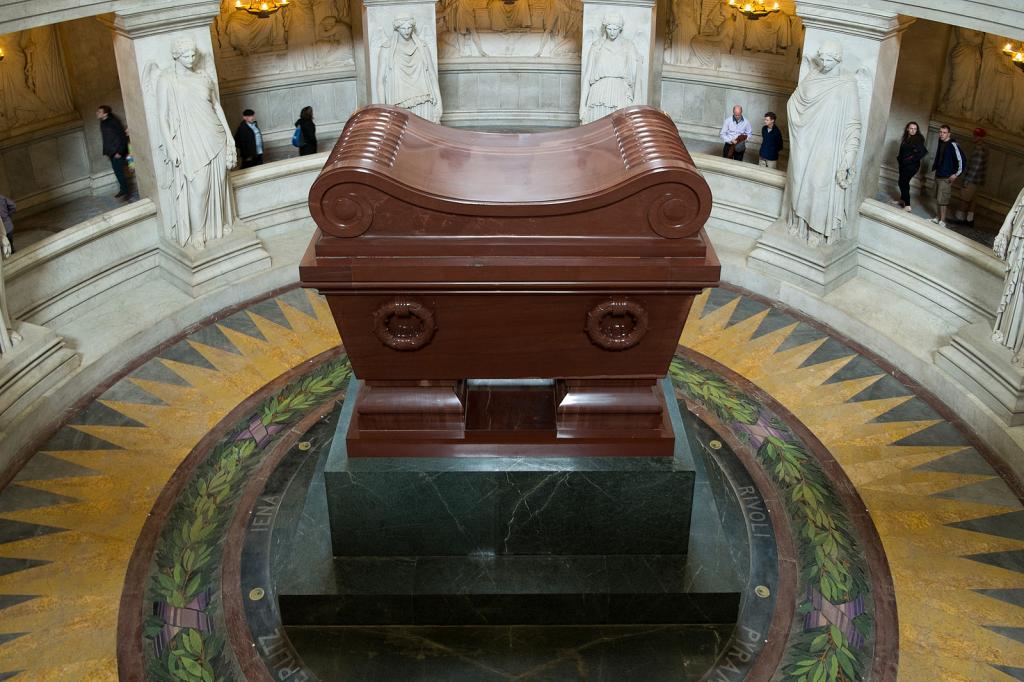
(May 2013 Wikimedia Commons public domain photograph by Ben Garrett, of London)
The surroundings of the tomb remind me, vaguely, of a temple baptistry. But the contrast could not be more stark: Temple baptismal fonts are dedicated to remembering and blessing the dead. Napoleon devoted much of his life to prematurely dispatching untold thousands of people into the world of spirits, often via horrific suffering, and all to satisfy his own vanity and lust for glory. I see no occasion for reverence at his sepulcher.
Napoleon spent much of the voyage . . . drawing up his plans for the invasion; this was his opportunity to emulate his hero, Alexander the Great. As he had confided to his secretary Bourrienne, prior to departure: “Europe is a molehill. . . . Everything here is worn out. My glory is slipping from my grasp, tiny Europe has not enough to offer. We must set off for the Orient; that is where all the greatest glory is to be achieved.” (3)
Note that he says “the Orient,” not merely “Egypt.” He had vast dreams of conquest.
I am, to put it mildly, not a great admirer of Napoleon. He’s a remarkable and even fascinating figure on some levels, but I think of the horrors that his ambition, his thirst for military glory, visited upon Egypt, France, Russia, England, the rest of Europe, and elsewhere. Why did he need so much territory? Was he in need of more food, perhaps? Was he fighting oppressors in quest of liberty for his people? What good, really did he bring to the peoples whom he defeated and conquered? How much suffering did he cause? How many died? How many were maimed for life? How many widowed and orphaned? How many people and nations did he impoverish? How much damage did he do? How much wealth did his adventures squander? It appalls me that many — and very many in France — continue to regard him as a great man. I suspect that the Lord’s view of his career isn’t quite so positive.



